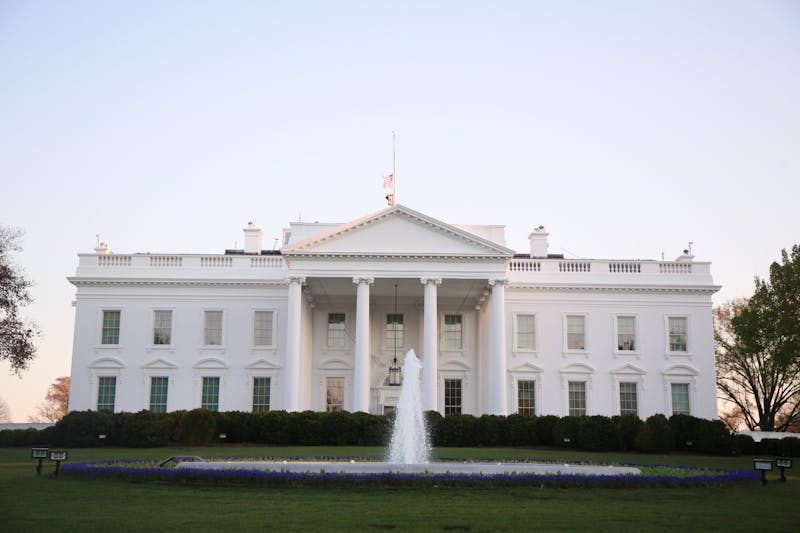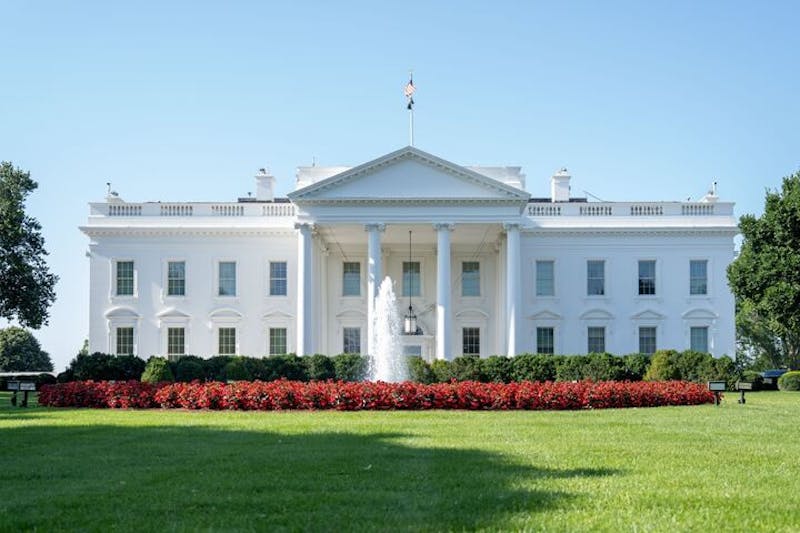Looking over the official Class of 2021 admissions statistics, which were released publicly last Thursday, we at The Daily Pennsylvanian are reminded of a few simple, disheartening truths.
Penn fills a higher proportion of its incoming classes with early decision admits than almost any other school. It provides no meaningful advantages to the student body and inflicts many detriments. We have pointed this out before, and yet the numbers continue to rise, year after year.
Of the 60 schools surveyed by the Washington Post in 2016, Penn had the second-highest percentage of students admitted via binding Early Decision at 54 percent, and was the only Ivy to break 50 percent. If Penn hits its target class size this year, that number will rise to 55 percent.
It’s no secret why this happens. Among “highly-selective” colleges, a low acceptance rate is considered a sign of prestige and desirability. The Early Decision cycle produces one enrollment for every offer of admission extended — a “yield rate” of 100 percent. Regular Decision, on the other hand, tends to yield slightly less than 50 percent year to year. Therefore, early decision admits mean fewer admits overall, and therefore a lower overall acceptance rate.
Applying the actual numbers to the equation gives a sense of how this really works. This year, 40,413 students applied to Penn. Of that amount, 1,354 were accepted early and enrolled automatically. That meant that, come spring, there were 1,091 additional spots to fill. A further 2,345 applicants were accepted, indicating an expected yield rate of 46.5 percent. If the whole class were filled that way, Penn would have needed to accept 5,258 applicants, leaving the overall admit rate at 13 percent, as opposed to the actual result of 9.2 percent.
Still selective, yes, but on the high end for any school that wishes to be thought of as top-tier. Higher, for instance, than competitors Vanderbilt University, Georgetown University, Duke University and Johns Hopkins University.
But bolstering the appearance of prestige is a poor reason to accept the many downsides which come along with such heavy use of the Early Decision system, which are many and have been extensively chronicled. Perhaps the most egregious of these disadvantages is the relative wealth of the early decision applicant pool compared to that of the regular cycle.
Though schools, including Penn, have made efforts to diversify their early applicant pools, a recent study of Common Application data by the Jack Kent Cooke Foundation, which supports and advocates for high-achieving low-income students, showed that “29 percent of high-achieving students from families making more than $250,000 a year applied early decision, compared with only 16 percent of high-achieving students from families with incomes less than $50,000.” The study highlighted a laundry list of other ways in which the Early Decision process disadvantages applicants of lesser means, including the long-known fact that such students often need to compare financial aid offers from multiple schools to ensure their families’ ability to pay for their education.
And the results show, particularly at highly selective schools. At America’s top colleges, a mere 3 percent of students come from families in the bottom quartile of the US income distribution. It has been known for years that binding, preferential admissions practices contribute to this disparity. And yet Penn, for all its talk about inclusivity, diversity and engagement, has been filling greater and greater shares of its incoming classes from this same pool. That is all the more tragic considering that a top-quality education of the kind which may be found here is worth the most to the very students whose access early admissions practices impedes.
Even if it is true, as Early Decision’s supporters claim, that its use ensures that the students who are most enthusiastic about attending Penn get the best possible chance to do so, there are numerous other ways in which this objective might be accomplished. As other schools have done, Penn could switch to an “Early Action” model in which enthusiastic students may apply early on a non-binding basis. Alternatively, early admissions could be abandoned altogether in favor of a regular-only process. We have little concern that doing so would render Penn unable to fill a class with qualified students.
It is long past time to correct this error. Penn can no longer claim to be doing all it can to assemble the highest-quality class possible each year while drawing well more than half of its admittees from less than a sixth of the applicants. It is time to do away with Early Decision.
The Daily Pennsylvanian is an independent, student-run newspaper. Please consider making a donation to support the coverage that shapes the University. Your generosity ensures a future of strong journalism at Penn.
Donate







